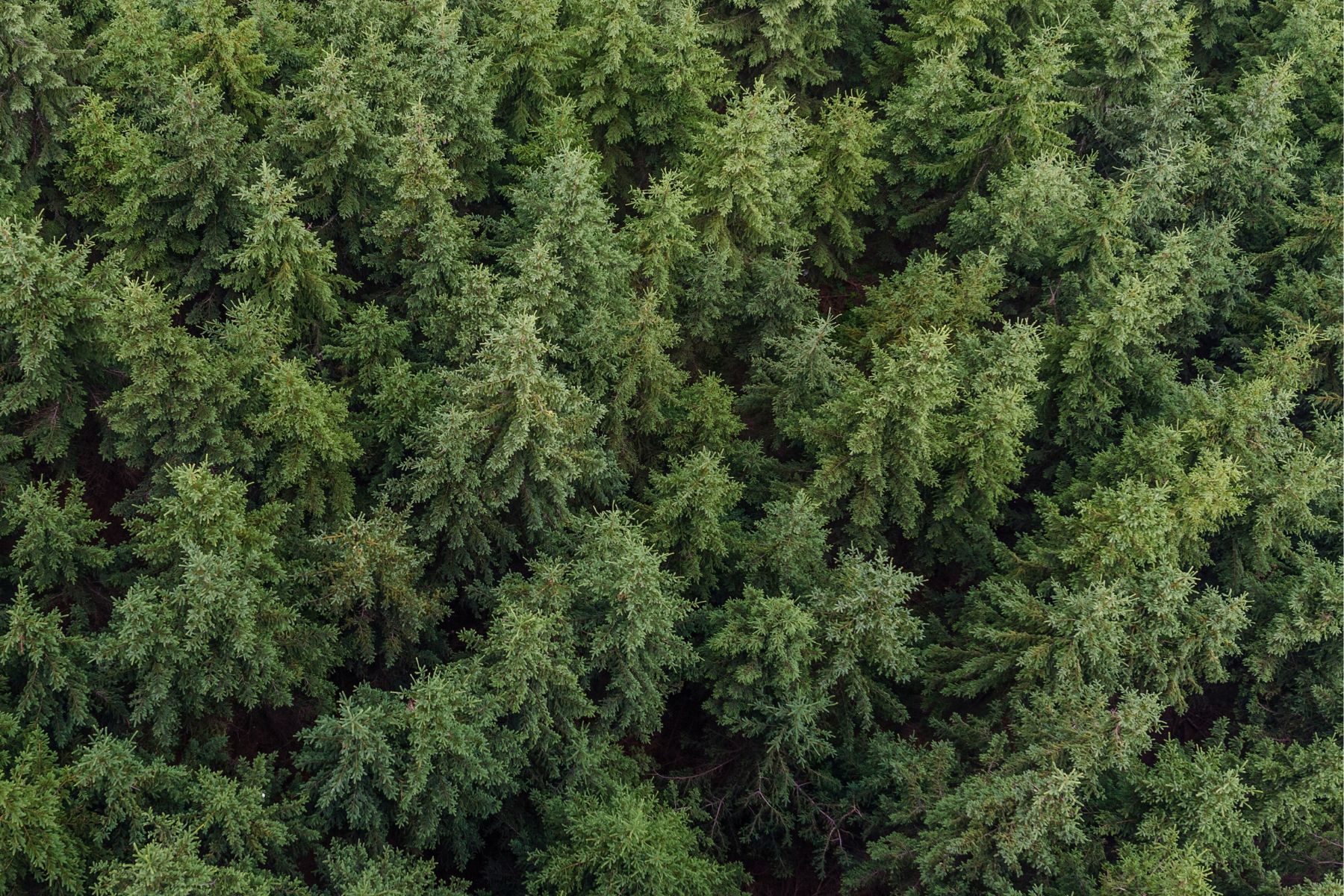
According to the FAO Global Forest Resources Assessment 2025 (FRA 2025), the world’s forests now cover around 4.14 billion hectares, roughly 32 percent of Earth’s land surface, or half a hectare per person. The rate of net forest loss, the balance between forest cleared and forest regrown, has fallen sharply, from about 10.7 million hectares per year in the 1990s to just over 4 million hectares annually between 2015 and 2025. Even the gross deforestation rate, which doesn’t account for regrowth, has dropped from nearly 18 million hectares a year in the 1990s to about 11 million today.
This trend is especially visible in the tropics, where forest loss once seemed unstoppable. In South America, for instance, deforestation has declined from around 8.2 million hectares per year in the 1990s to about 4.2 million in recent years. Southeast Asia has seen similar improvements, thanks to tighter logging regulations and improved monitoring.
Experts point to several interlocking reasons for this gradual turnaround. One major factor is better monitoring. Satellite imagery and remote sensing now allow scientists and policymakers to see deforestation in near-real time, making it harder for illegal loggers or land-grabbers to operate unnoticed.
Another key element is the rise of long-term forest management and protection. More than half of the world’s forests are now under some form of management plan, and about one-fifth enjoy legal protection. Many governments have recognized that forests are not just timber reserves, they are crucial for carbon storage, climate stability, biodiversity, and water regulation.
There is also growing pressure on global supply chains. Major companies that source soy, palm oil, beef, and timber have faced intense scrutiny over their role in deforestation, leading to stronger environmental commitments. While enforcement remains uneven, the combination of policy pressure and consumer awareness is beginning to change behaviour.
Still, experts caution against complacency. Losing 10 million hectares of forest each year remains a major environmental crisis, especially when most of those losses occur in biodiversity hotspots across the Amazon, Congo Basin, and Southeast Asia. The world has lost about 489 million hectares of forest since 1990, and tropical regions account for nearly 90 percent of that total.
The pace of forest restoration has also slowed, dropping from almost 10 million hectares a year in the early 2000s to less than 7 million today. And despite progress, the global pledge to halt and reverse deforestation by 2030 is still off track. The FAO warns that without stronger enforcement and funding, today’s encouraging slowdown could stall, or even reverse.
Forests are the planet’s lungs, storing carbon, stabilizing rainfall, and supporting most of the world’s land-based species. Slowing their destruction means slowing one of humanity’s largest sources of greenhouse-gas emissions. It also buys time for species to adapt, for ecosystems to recover, and for forest-dependent communities to maintain their livelihoods.
The challenge now is to turn a slowing decline into real recovery. That will require stronger forest governance, better incentives for restoration, and stricter accountability across global markets. Reforestation efforts must scale up, not just to replace lost trees but to rebuild functioning ecosystems.
The past decade has proven that progress is possible. Forest loss, once thought to be an unstoppable by product of development, is beginning to bend downward. It’s not a reason to celebrate just yet, but it is a reason to hope.
As the FAO’s report makes clear, the world stands at a crossroads: with continued focus and cooperation, humanity can move from slowing deforestation to reversing it entirely. Hope, at last, is growing among the trees.
